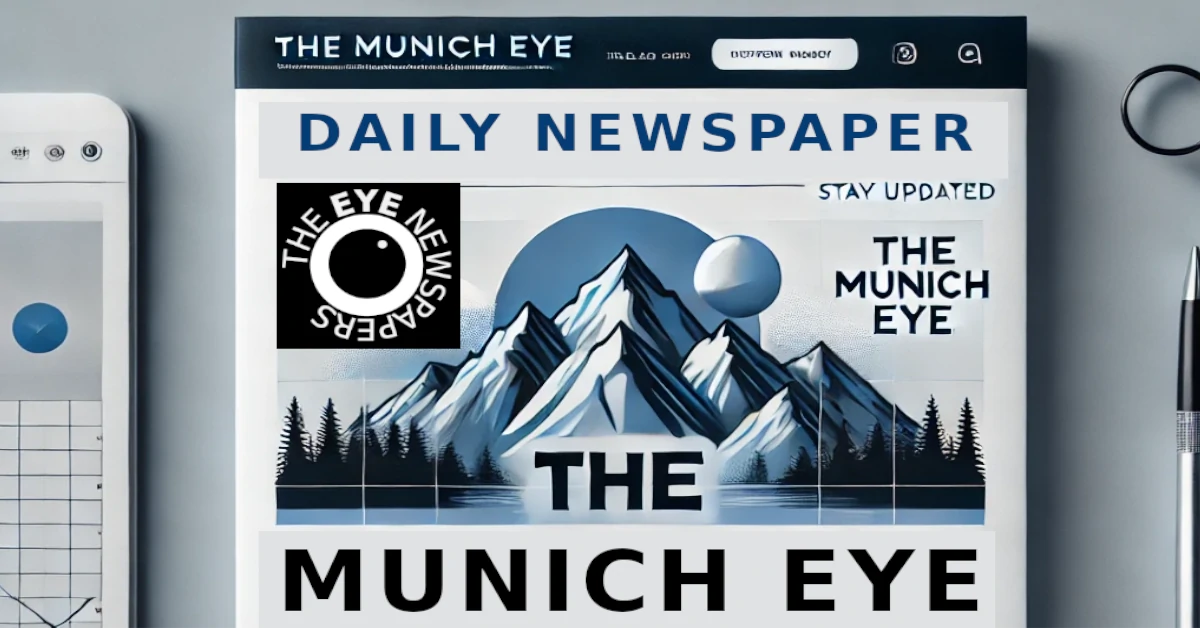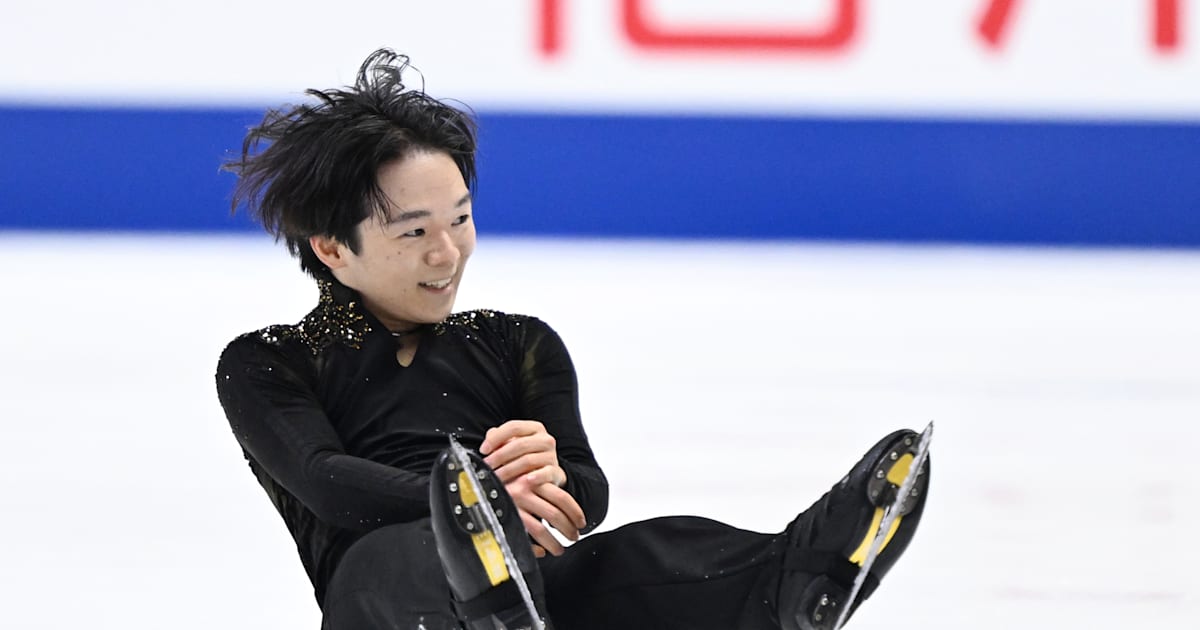World
How These 5 Saatchi Gallery Exhibitions Changed the British Art World | Artsy

Art Market
Arun Kakar
Exterior view of the Saatchi Gallery, Duke of York’s HQ. Courtesy of the Saatchi Gallery.
Few art collectors in recent history elicit as much art world chatter as Charles Saatchi. Since he founded his eponymous collection in 1985, the advertising mogul has played an outsized—and often controversial—role in the British art world over the past four decades. A collector who “remade the British art market three times,” according to The Guardian, Saatchi has championed artists from across movements, geographies, and disciplines.
In the 1980s London art world, Saatchi quickly developed a reputation as an insatiable, open-minded collector who was a constant feature of gallery openings across city. “On some days he looks hard and comes away with nothing,” reads a New York Times profile from 1999. “On other days he walks into a gallery and buys an entire show.”
Saatchi’s influence was most strongly felt at Saatchi Gallery in St. John’s Wood, a leafy district of northwest London, which first opened in 1985. There, the collector showcased works from his vast and growing collection. He developed a track record for exhibiting works by artists who would later become household names, and mounting shows that became the talk of the town. From Damien Hirst to Cindy Sherman, through to Philip Guston and Tracey Emin, the list of names to have exhibited works at the gallery is the stuff of art world legend.
Now based in London’s Chelsea, Saatchi Gallery continues to operate a year-round program of exhibitions that are consistently popular with visitors: According to a study, the gallery was the third most “Instagrammable” art gallery in the world in 2022, behind the Louvre and the Grand Palais des Champs-Élysées.
Today, Artsy launches the first of a three-part, 500-lot auction of works from the Saatchi Collection, with all proceeds being donated to Great Ormond Street Hospital Charity (excluding fees). Running from September 11th at noon EDT until September 25th at noon EDT, the first part of the sale features 150 lots and will be followed by part two on October 3rd through 17th, and part three from December 5th through 19th.
In commemoration of this landmark sale, Artsy looks back at the influence of Saatchi’s art collecting on the British art world through five pivotal exhibitions at his galleries.
1. The Saatchi Gallery’s first show, 1985
Donald Judd, installation view at the Saatchi Gallery, Boundary Road, 1985. Image courtesy of the Saatchi Collection, London.
Housed in a 30,000-square-foot disused print factory, The Saatchi Gallery made an immediate impression when it first opened its doors in March 1985. Its untitled first show, with a strong focus on American minimalism and abstraction, would mark the first time that works by Cy Twombly and Brice Marden appeared in a U.K. gallery. It also featured works by the likes of Andy Warhol and Donald Judd, two artists that Saatchi collected extensively in the years preceding the gallery’s opening.
Indeed, American minimalism was among the collector’s first obsessions: In 1969, Saatchi’s first artwork purchase was a work by Sol LeWitt. He was an early supporter of Lisson Gallery, purchasing an entire exhibition of works by the then-little-known Robert Mangold.
Minimalists would also become a strong thread throughout the gallery’s early exhibitions: In the first year of its opening, the gallery would show works by the likes of Dan Flavin, LeWitt, Robert Ryman, Carl Andre, and Frank Stella. The works exhibited by Stella at the gallery were so large that an adjoining flat had to be removed.
2. “NY Art Now,” 1987–88
Jeff Koons, installation view of “NY Art Now,” at the Saatchi Gallery Boundary Road, 1987–1988. Image courtesy of the Saatchi Collection, London
A two-part exhibition, “NY Art Now,” ran from September 1987 to January 1988, and introduced several influential artists to the U.K. for the first time. Names such as Jeff Koons, Ashley Bickerton, Robert Gober, Peter Halley, Haim Steinbach, Philip Taaffe, and Caroll Dunham were among those making their U.K. debuts in the flashy, provocative show.
The show provoked a divisive reaction when it opened. Some of the works that drew the most ire are now renowned, including Koons’s basketballs in a fish tank and vacuum cleaners in a perspex tower, as well as Gober’s giant sinks. Of the nine artists with works in the first show, the New York Times said, “most…have in common a university education, a high level of verbal facility, and a gift for tunneling into the far reaches of a dead end.”
Like many of the early exhibitions at the gallery, however, the legacy of “NY Art Now” has stood the test of time. Its post-Pop sensibilities were a formative influence for many of the figures that would later be known as the Young British Artists (YBAs). Damien Hirst has spoken of being “blown away” by Koons’s now-iconic Rabbit (1986) at the exhibition.
3. “Young British Artists,” 1992
Rachel Whiteread, Ghost, 1990, in “Young British Artists,” Saatchi Gallery, Boundary Road, 1992. Image courtesy of the Saatchi Collection, London.
“Young British Artists” is perhaps the show—and the term—that Saatchi has become most associated with. After selling much of his collection of American art towards the end of the 1980s, Saatchi turned his attention to British artists, including those that would become known as the YBAs.
Saatchi notably purchased several works from the seminal, Damien Hirst–curated show “Freeze,” which featured the likes of Sarah Lucas and Gary Hume. For the 1992 show, Saatchi supplemented those acquisitions with several works he purchased from art colleges and artist-run spaces in London. He brought many hitherto unknown names into the public for the first time.
The most famous exhibit of the show was Hirst’s now-iconic stuffed shark in a tank of blue formaldehyde, The Physical Impossibility of Death in the Mind of Someone Living (1991). Yet the exhibition also showcased what would become some of the most important works from the movement: Lucas’s Two fried eggs and a kebab (1992), Marc Quinn’s Self (1991), Gavin Turk’s Pop (1993), and Rachel Whiteread’s Ghost (1990), among others.
Saatchi’s patronage of the YBAs would culminate five years later with “Sensation,” a survey of works from his collection held at the Royal Academy of Art. Encompassing 116 works by 42 artists, it included several examples from earlier exhibitions at Saatchi Gallery. It was greeted by a media frenzy when it first opened due to its controversial imagery—such as Marcus Harvey’s Myra (1995), a portrait of the child killer Myra Hindley made up of infant hand prints.
The show attracted more than 300,000 visitors. And the controversy did not end at the Royal Academy: When “Sensation” traveled to the Brooklyn Museum in 1999, it was so incendiary that then–New York City mayor Rudy Giuliani attempted to shut it down.
4. “Neurotic Realism,” 1998
Martin Maloney, Installation view of “The New Neurotic Realism,” Saatchi Gallery, Boundary Road, 1998. Image courtesy of the Saatchi Collection, London.
Saatchi Gallery looked to follow up on the success of the YBA phenomenon with a two-part exhibition entitled “Neurotic Realism.” The term, coined by Saatchi, was described by the New York Times at the time as “an attempt to collate and name an art movement instead of just collecting new or emerging trends.”
The show continued to reflect Saatchi’s eye for spectacle. The gallery’s central room was turned into a vast installation by Tomoko Takahashi filled with obsolete technology, wires, and beer bottles for the first part; the second part included such works as a 10-foot totem of dead rats by David Falconer.
The shows at the gallery were not a hit with critics (the second part of the exhibition earned a one-star rating from The Guardian’s Judith Macherell). However, “Neurotic Realism” featured many artists who would become internationally acclaimed, such as Cecily Brown, Ron Mueck, Dexter Dalwood, Chantal Joffe, and David Thorpe.
5. “The Revolution Continues: New Art From China at the Saatchi Gallery,” 2008
Yue Minjun, Untitled, 2005, and Zhang Huan, Donkey, 2005 in “The Revolution Continues: New Art From China,” Saatchi Gallery, Duke of York’s HQ, 2008. Image courtesy of the Saatchi Collection, London.
In October 2008, Saatchi Gallery moved to a monumental, 70,000-square-foot space on Kings Road in Chelsea, hailed by The Observer as one of London’s “most beautiful art spaces.” Influenced by the international attention on China during the 2008 Beijing Olympics, the gallery’s inaugural exhibition featured works by 24 young Chinese artists working across painting, sculpture, and installation.
Artists such as Zhang Huan, Li Songsong, Zeng Fanzhi, and Zhang Xiaogang were included in the show. It was acclaimed by The Financial Times as “the most persuasive showing of contemporary Chinese art yet mounted in this country.”
Several of the names in the exhibition have become among the most high-profile artists in China today. In 2013, for instance, Fanzhi became the most expensive contemporary artist in Asia when The Last Supper (2001) sold for $23.3 million at Sotheby’s Hong Kong.
Arun Kakar
Arun Kakar is Artsy’s Art Market Editor.










